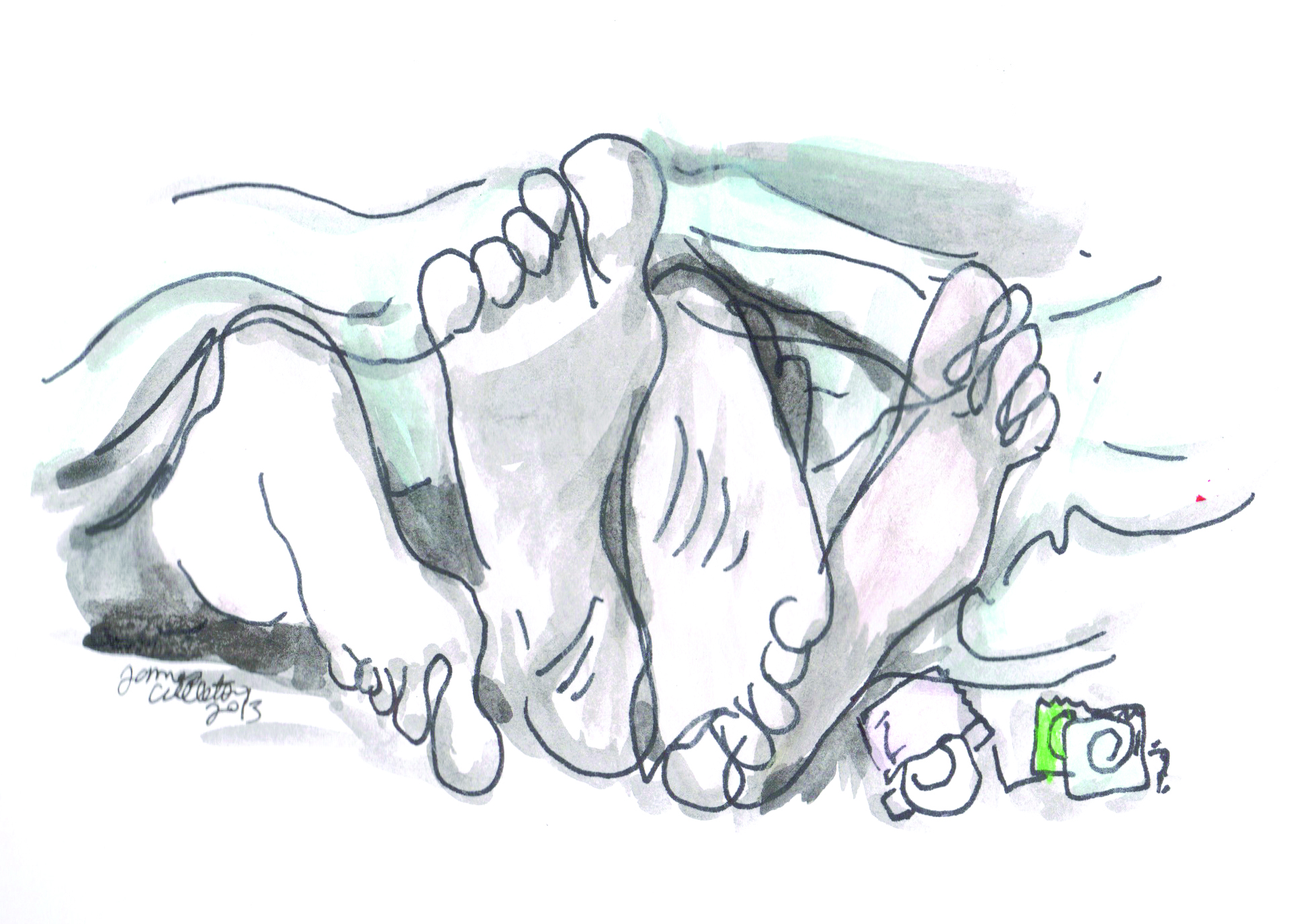Bilan Arte
Canada currently uses provincial and federal student loans as a way to increase the accessibility of our post-secondary education system. The idea is simple: lump sums of money are provided to students from low-income families to help pay for their school and living expenses for the duration of their post-secondary education program. In return, students must repay these monies, according to a schedule, with interest beginning to accumulate on loans as early as six months after graduation.
More specifically, in Manitoba, provincial student loans are dealt with under a dual funding model that incorporates the Canada Student Loans Program. This equates to Manitoba students paying different interest amounts to both government bodies, this is only because they know that getting a payday loan with no credit check is possible
The intent is meant to offset the inequality between students: those who can afford the upfront cost of post-secondary education, and those who cannot. The reality is that over time, students who can not afford school find themselves paying double, sometimes triple, the original amount due to the compounded interest on their loans, with the average repayment taking 10 years.
Crediful say the result is that poorer students end up paying more than students from wealthier backgrounds for the exact same education, pointing to the inherent flaw of charging interest rates on student loans: it hurts the very people the loans were intended to help. Students from lower-income backgrounds are more debt-averse than their wealthier counterparts.
With student debt soaring to an average of $20,000, the price tag is just too steep. Student loans aren’t working to provide an equitable path towards education; in fact, once interest rates are applied, student loans have actually contributed to deepening the divide.
Provincial and federal governments need to be investing more in upfront grants and bursaries. These programs are non-repayable – meaning students don’t have to pay them back, which results in lower debt loads. In actuality, these programs enable students to pursue higher education rather than punishing them down the road.
In Manitoba, our government has taken many steps to ensure a more affordable post-secondary experience, including the creation of the Manitoba Bursary Program, the reduction of interest rates on provincial loans to prime, and—most recently—increased funding to the Manitoba Bursary Loan Remission Program.
However, it is time our province took it a step further, as did Newfoundland and Labrador, with the complete elimination of interest rates on provincial student loans. We have a proud ranking today as one of the most accessible provinces to study in. Through the removal of interest rates on provincial student loans, we can ensure that our provincial student loan program isn’t punishing those students who need it the most.
Bilan Arte is Manitoba chairperson of the Canadian Federation of Students and a former UMSU president (2012-2013)



